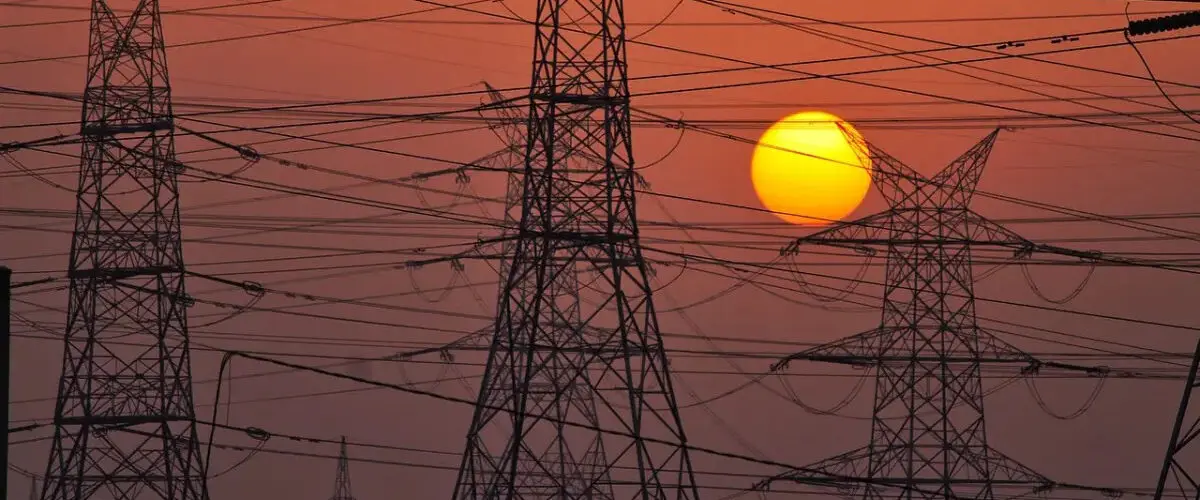Op-Ed: Canada must co-operate more with U.S. in developing electricity grids
Frédéric Côté is the general manager of Nergica. Daniel Sosland is the president of Acadia Center.
In the halls of power where the future of the electrical grid is planned and billions of ratepayer dollars are on the table, there is an elephant in the room – and it isn’t happy.
This paper’s editorial board was spot on when it said the topic of clean power should be “top of the list” for provincial leaders, and we applaud the federal government’s repeated promise to deliver clean electricity investment tax credits in its recent fall economic statement. But Canadians are missing a much wider and significant context emerging in North America: The United States is planning a continental grid, and much greater cross-border co-operation is needed for both countries to succeed in building it.
Grid modernization is essential to meet climate targets and position the continental Northeast to take advantage of clean energy opportunities. Done correctly, it will also improve service reliability and help control costs. Provinces, however, continue to plan their power grids in virtual isolation of one another – and with little discussion with their American neighbours. This isolationism is not in the long-term interest of both countries and cuts against a consensus that such interregional planning – as it is known in electric industry circles – is imperative to our collective energy security.
Why consider co-ordinating efforts? Well, first of all, American states are seeking it! In June, the six New England states, New York and New Jersey wrote a letter to the U.S. Department of Energy (DOE) calling for a new approach to interregional planning between the jurisdictions, proposing that appropriate Canadian jurisdictions should take part as well. The DOE and federally regulated regional transmission organizations of the U.S. Northeast have voiced support for this new model and are co-operating to develop strategies. To date, Canadian provinces are missing from the table.
A co-operative dialogue between the provinces and states offers improved public interest outcomes: consumer energy savings, increased system reliability, greater technical efficiency, more equitable distribution of benefits and the intentional inclusion of local concerns on matters such as project siting and mitigating community impacts. The latter is imperative in earning public support for infrastructure build-out to fight climate change.
Complex problems related to the future of our electricity supply in a carbon-constrained world are unlikely to be solved at a political negotiating table. Rather, they require patiently thought-out solutions achieved through inclusive discussion. These solutions will require analysis derived from regulators, developers, utilities, researchers and market design experts from various jurisdictions. The inputs of consumers, communities, Indigenous leaders and other stakeholders who pay for and are directly affected by decisions made about the grid must also be prioritized.
The ratepayer and voter should be very concerned that provinces and states are not collaborating to pursue these benefits. Interjurisdictional co-operation has been limited to narrow issues around specific, often controversial transmission projects, not on the broader and critical issue of how our shared electricity system can improve the lives and pocketbooks of all residents. Simply put, the clean energy transition cannot maximize consumer, system and equity benefits if provinces treat their grids as closed markets except to promote electricity exports.
The United States is focusing increased attention on power infrastructure and market co-operation. The Inflation Reduction Act, emerging federal regulations and state policies are all pushing electrification forward on a new footing. Canadian grid planners need to align with that effort.
Various scholars, trade associations and utility planners from both sides of the border have been calling for interregional planning in the Northeast for more than a generation. It is seen as an economic imperative. Given the right interregional mandate, regulators and planners from across the Northeast will enable greater investment in infrastructure and technology, from onshore and offshore wind and rooftop solar to district energy plants and energy efficiency measures, elevating community concerns as a top-level consideration, not an afterthought, as is often the case now.
To read the op-ed on the Globe and Mail, click here.



















